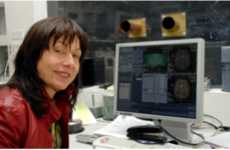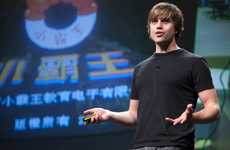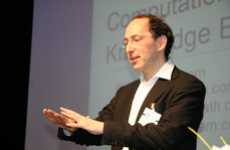
John Graham-Cumming Keynotes
The keynotes by John Graham-Cumming focus on recreating an analytical engine originally drafted by...

Need Inspiration?
Get inspired by 4,000+ keynote speaker videos & our founder, a top keynote speaker on innovation.
John Graham-Cumming's Tech History Keynote Offers a Fascinating Story
Jaime Neely — October 24, 2012 — Keynote Trends
References: blog.jgc.org & youtu.be
John Graham-Cumming discusses the history of computing and computer architecture in this tech history keynote. Early on in his speech, he reveals that while the majority of students who study computer science think that the first computer was created in the 1930s, it was actually created in the 1830s by a man named Charles Babbage, but the final prototype was never finished.
Charles Babbage was working on a mechanical device the size of a locomotive engine that he called the analyitcal engine. It had a memory made out of hundreds of cogs and it could execute the four basic functions of mathematics. Babbage was never able to complete the machine but a team of British engineers plans to build one based on the plans and blueprints to be ready for 2030 -- approximately two hundreds years after the idea was first conceived.
This tech history keynote forces people to consider the path our digital world would have taken had this machine been the first computer to ever exist.
Charles Babbage was working on a mechanical device the size of a locomotive engine that he called the analyitcal engine. It had a memory made out of hundreds of cogs and it could execute the four basic functions of mathematics. Babbage was never able to complete the machine but a team of British engineers plans to build one based on the plans and blueprints to be ready for 2030 -- approximately two hundreds years after the idea was first conceived.
This tech history keynote forces people to consider the path our digital world would have taken had this machine been the first computer to ever exist.
1.1
Score
Popularity
Activity
Freshness
















